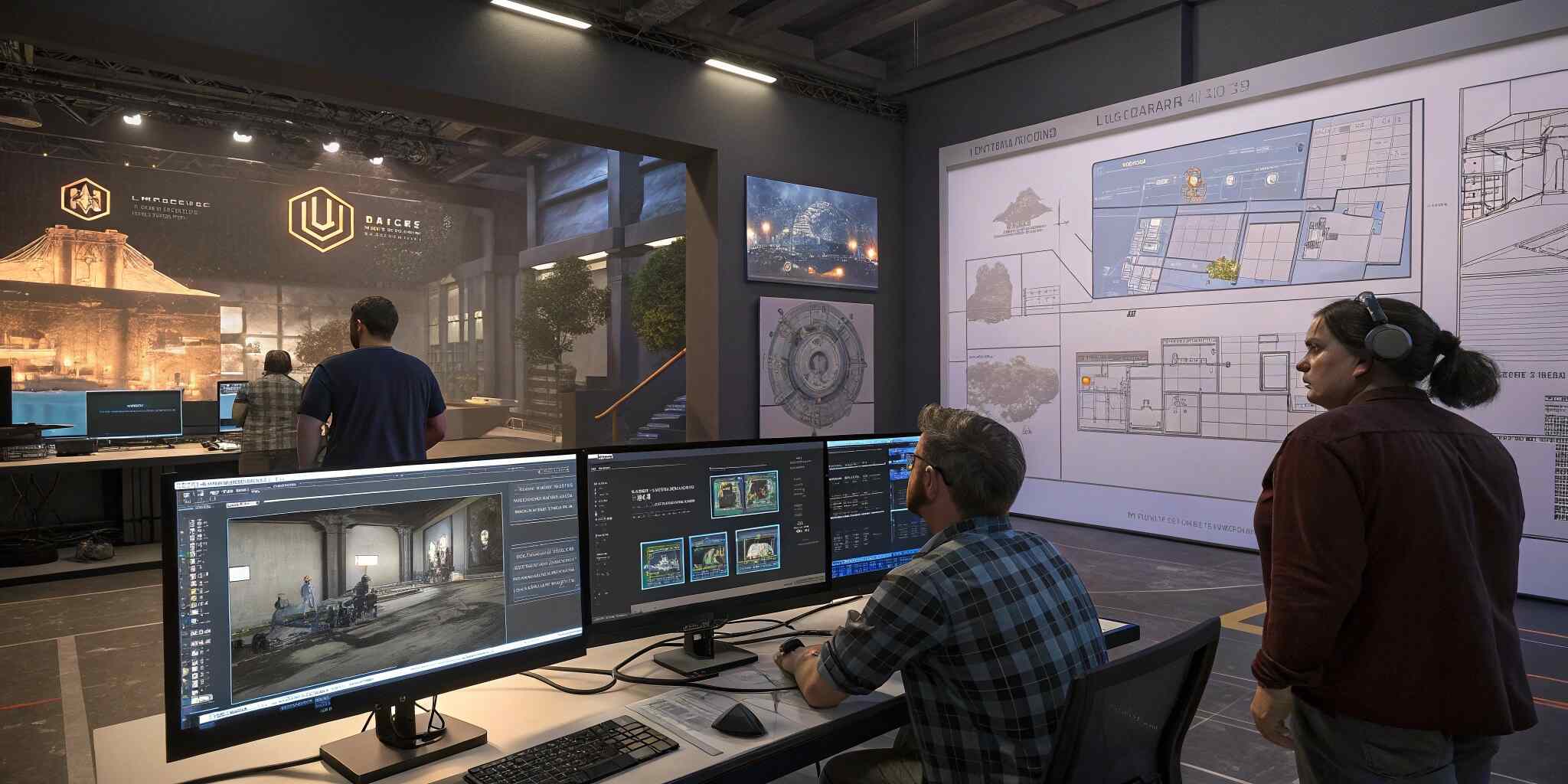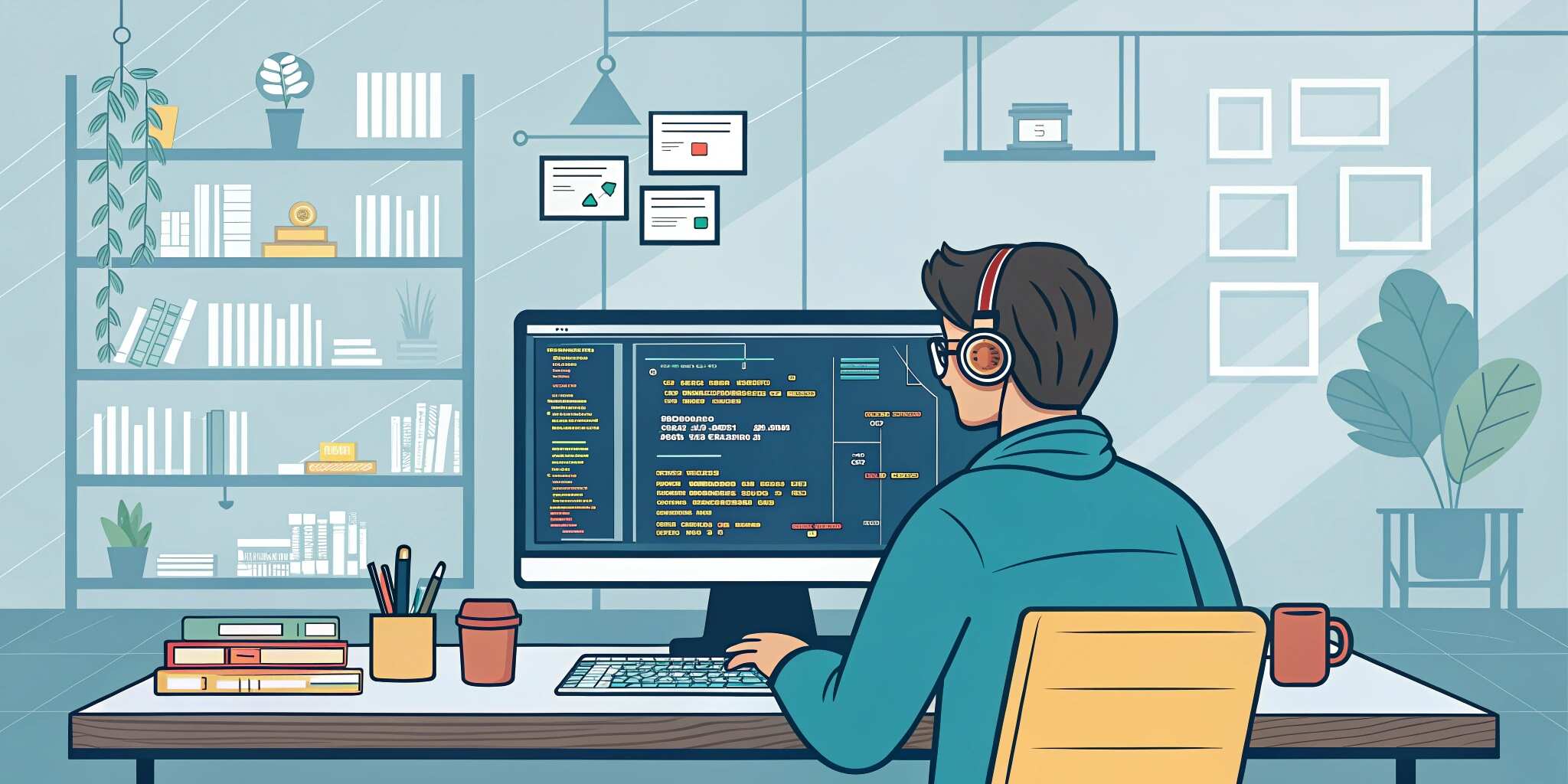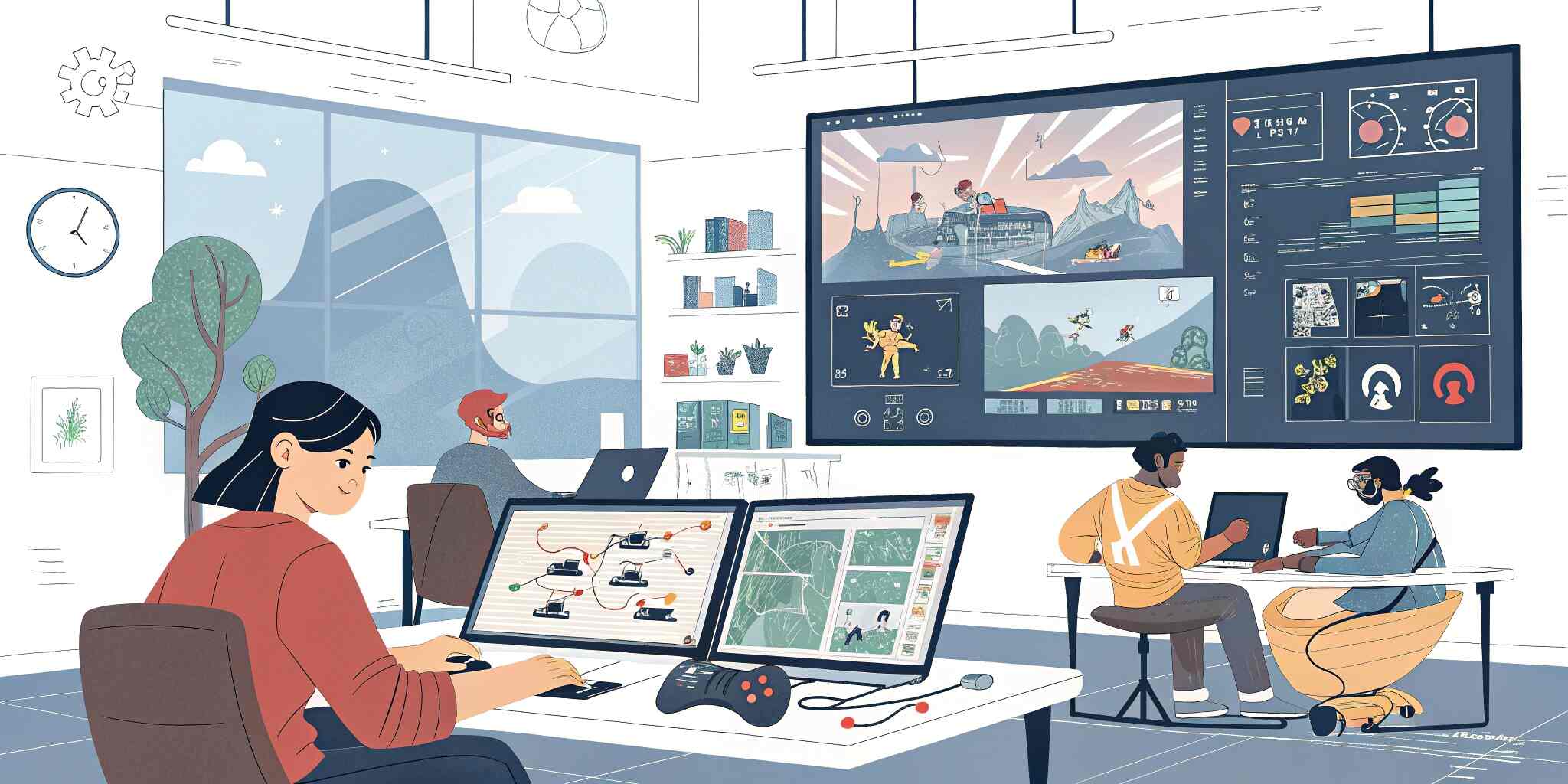Games are more than just mechanics and story—they are experiences. One of the most crucial elements in crafting these experiences is level design. It’s the process of designing the spaces players explore, battle through, or solve puzzles in. A well-designed level transforms simple gameplay into an unforgettable journey, making players feel like they’re truly part of the world.
What is Level Design?
Level design is the art and science of constructing the playable areas within a game. It combines creative storytelling, architectural thinking, and technical knowledge to guide players through environments that feel alive and engaging.
Key Elements of Immersive Level Design
1. Visual Storytelling
- Use environmental details to tell stories without dialogue.
- Place clues, ruins, or signs of life that hint at the world’s history.
- Example: In The Last of Us, abandoned homes reveal stories of survivors.
2. Player Flow and Navigation
- Guide players naturally using lighting, landmarks, and environmental cues.
- Avoid confusing layouts that break immersion.
- Use intuitive paths, like worn trails or broken fences, to direct movement.
3. Interactive Environments
- Allow players to interact with elements in the world.
- Use physics-based puzzles, destructible objects, or interactive NPCs.
- Create consequences for actions, like opening new areas or triggering events.
4. Game Mechanics Integration
- Levels should support gameplay mechanics such as combat, exploration, or stealth.
- Example: In Hitman, levels offer multiple ways to complete objectives based on the player's approach.
5. Atmosphere and Mood
- Use sound design, lighting, and visuals to create mood.
- A horror game level might use dark corridors and eerie soundscapes.
- Adventure games might feature bright, open landscapes to encourage exploration.
Tools for Level Design
- Game Engines: Unity, Unreal Engine, Godot
- 3D Modeling Tools: Blender, Maya, 3ds Max
- Level Editors: Built-in tools in most engines for placing objects and crafting spaces.
- Prototyping Tools: Greyboxing to test level flow before final visuals are added.
Best Practices in Level Design
- Start with Paper or Digital Sketches
- Outline the layout before building in 3D.
- Test Early and Often
- Playtest to refine difficulty, pacing, and flow.
- Focus on Player Experience
- Think about how players will feel as they move through the space.
- Balance Challenge and Reward
- Place secrets, collectibles, or shortcuts to reward exploration.
- Consider Technical Constraints
- Optimize levels to prevent performance issues on various platforms.
Famous Examples of Immersive Level Design
- Dark Souls: Interconnected world design that rewards exploration.
- Half-Life 2: Seamless transitions between story, combat, and puzzle-solving.
- Legend of Zelda: Breath of the Wild: Open-world freedom with subtle guidance.
Why Immersive Level Design Matters
- Enhances Player Engagement: Players feel emotionally connected to the world.
- Supports Narrative: Environments tell the story alongside dialogue and cutscenes.
- Encourages Exploration: Well-designed levels invite players to discover hidden details.
- Improves Replayability: Multiple paths and secrets give players reasons to return.
Conclusion
Level design is more than just building stages; it’s about creating worlds players want to live in. Through careful planning, attention to detail, and collaboration across teams, developers can craft environments that captivate players and bring their game universes to life.


